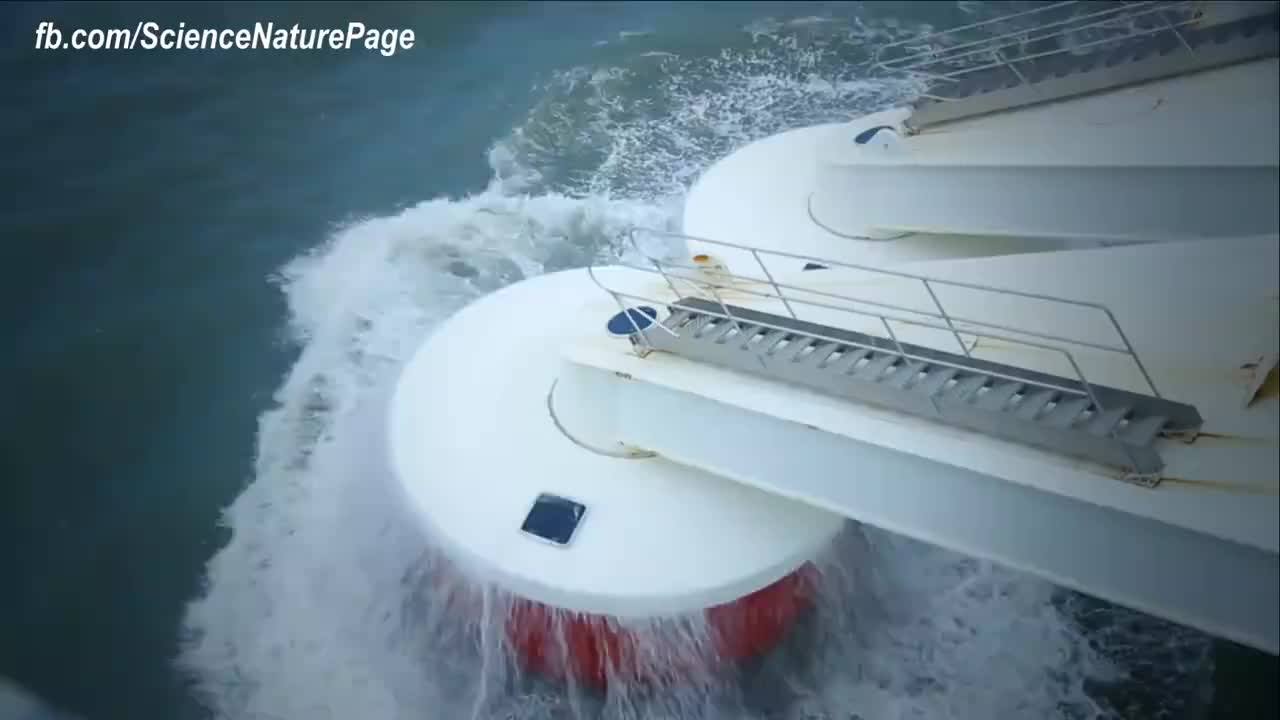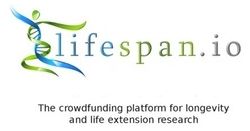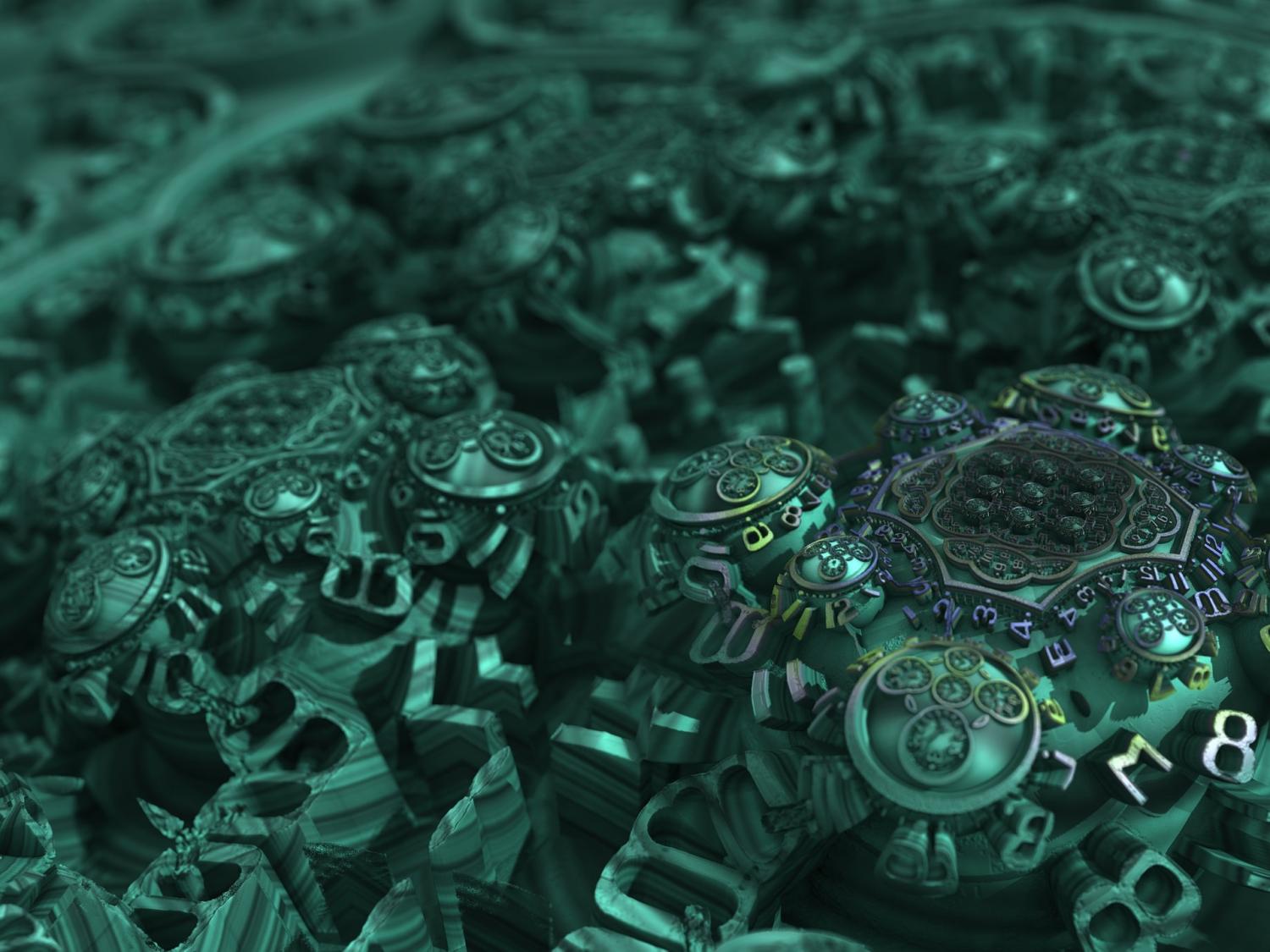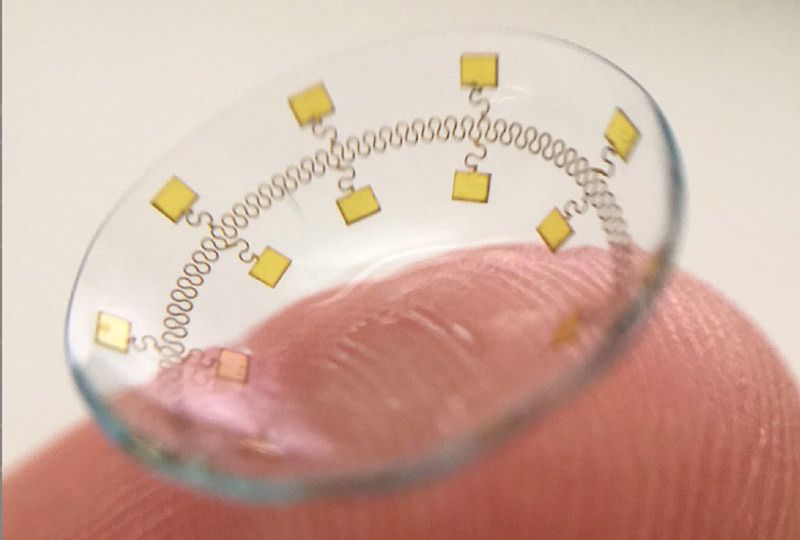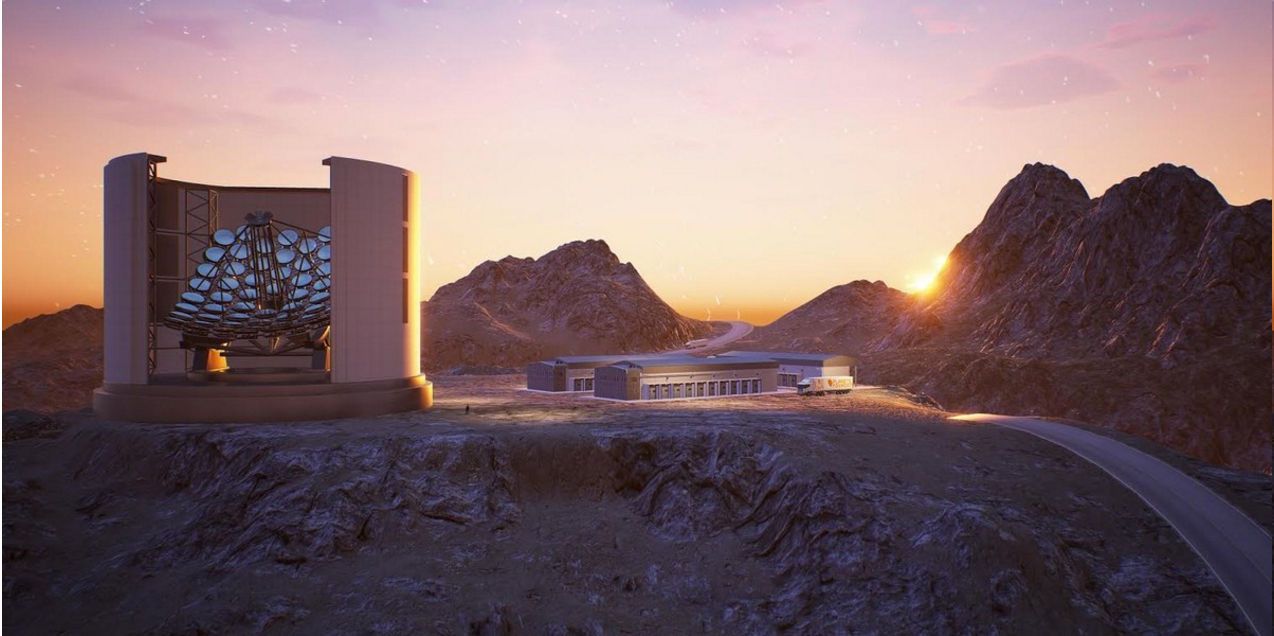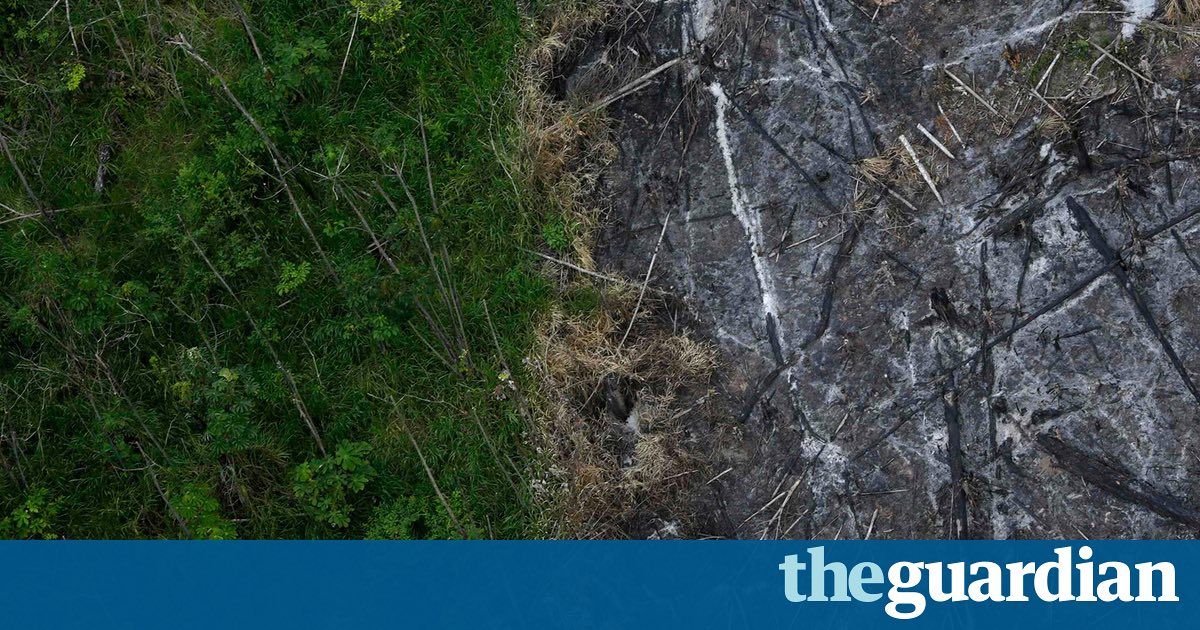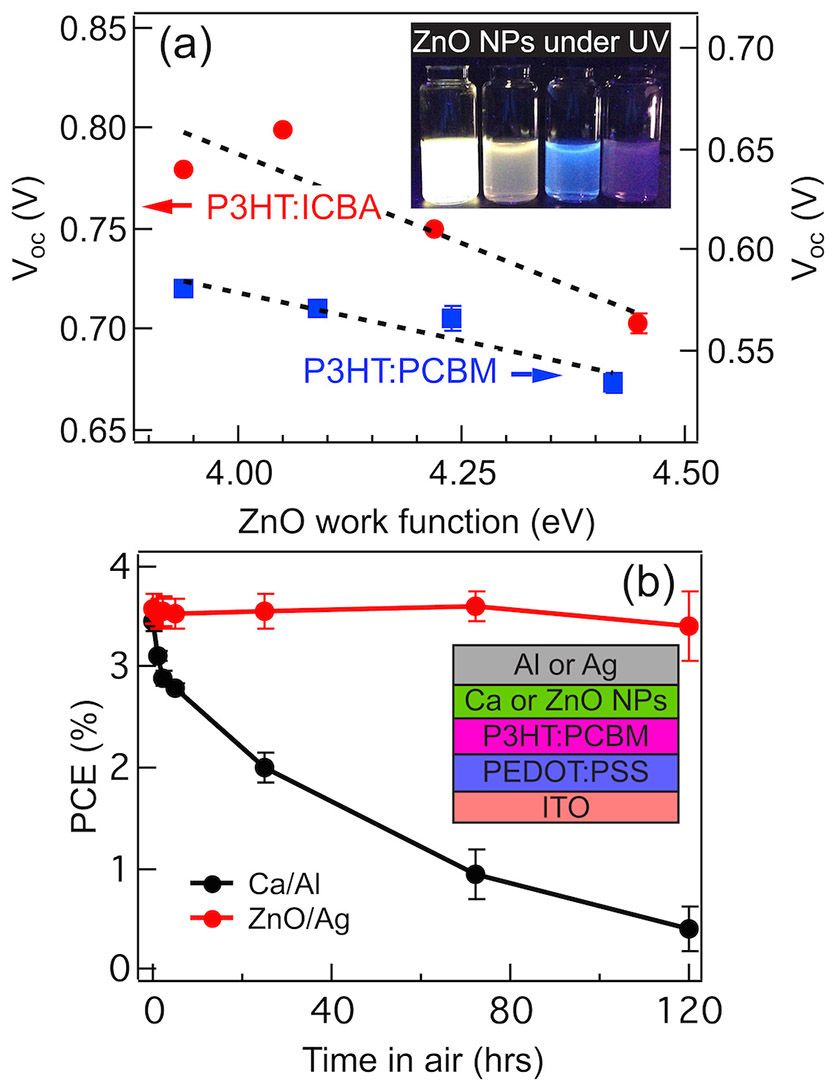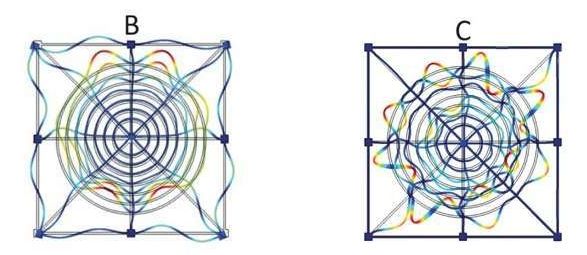Page 10680
Sep 9, 2016
Aubrey de Grey & Matthew O’Connor AMA! • /r/Futurology
Posted by Steve Hill in categories: bioengineering, biotech/medical, genetics, life extension
The Aubrey de Grey and Matthew O’Connor SENS AMA on reddit Monday 12th 11am PST.
I am Dr. Aubrey De Grey, biologist, gerontologist PhD and author of the book Ending Aging and Chief Science Officer at the SENS Research Foundation. I am here with researcher Dr. Matthew O’Connor from the MitoSENS project who is an expert on “allotopic expression” of mitochondrial genes. His team has been working on engineering mitochondrial genes to be expressed from the nucleus and targeted to the mitochondia as part of the MitoSENS approach to one of the damages of aging.
Each cell in the body is dependent on the efficient generation of cellular energy by mitochondria to stay alive. Critical to this process are genes encoded within the mitochondrial genome. Over time however, mutations in these genes occur as a result of constant exposure to reactive oxygen species produced by oxidative phosphorylation, the mitochondrial energy generation process. Unlike genes within the nucleus, mitochondria lack an efficient system to repair damaged DNA. This leads to accumulated mutations, resulting in mitochondrial defects and an increase in oxidative stress throughout the body. Closely correlated with this is the observation that organisms which age more slowly also consistently display lower rates of mitochondrial free radical damage. Thus, reversing and/or preventing damage to mitochondrial DNA may be a key factor in slowing the aging process.
Continue reading “Aubrey de Grey & Matthew O’Connor AMA! • /r/Futurology” »
Sep 9, 2016
Time crystals might exist after all
Posted by Andreas Matt in categories: energy, mathematics, physics
(Phys.org)—Are time crystals just a mathematical curiosity, or could they actually physically exist? Physicists have been debating this question since 2012, when Nobel laureate Frank Wilczek first proposed the idea of time crystals. He argued that these hypothetical objects can exhibit periodic motion, such as moving in a circular orbit, in their state of lowest energy, or their “ground state.” Theoretically, objects in their ground states don’t have enough energy to move at all.
In the years since, other physicists have proposed various arguments for why the physical existence of time crystals is impossible—and most physicists do seem to think that time crystals are physically impossible because of their odd properties. Even though time crystals couldn’t be used to generate useful energy (since disturbing them makes them stop moving), and don’t violate the second law of thermodynamics, they do violate a fundamental symmetry of the laws of physics.
However, now in a new paper published in Physical Review Letters, physicists from the University of California, Santa Barbara (UCSB) and Microsoft Station Q (a Microsoft research lab located on the UCSB campus) have demonstrated that it may be possible for time crystals to physically exist.
Sep 9, 2016
Are We Living in a Simulation?
Posted by Andreas Matt in categories: computing, Elon Musk
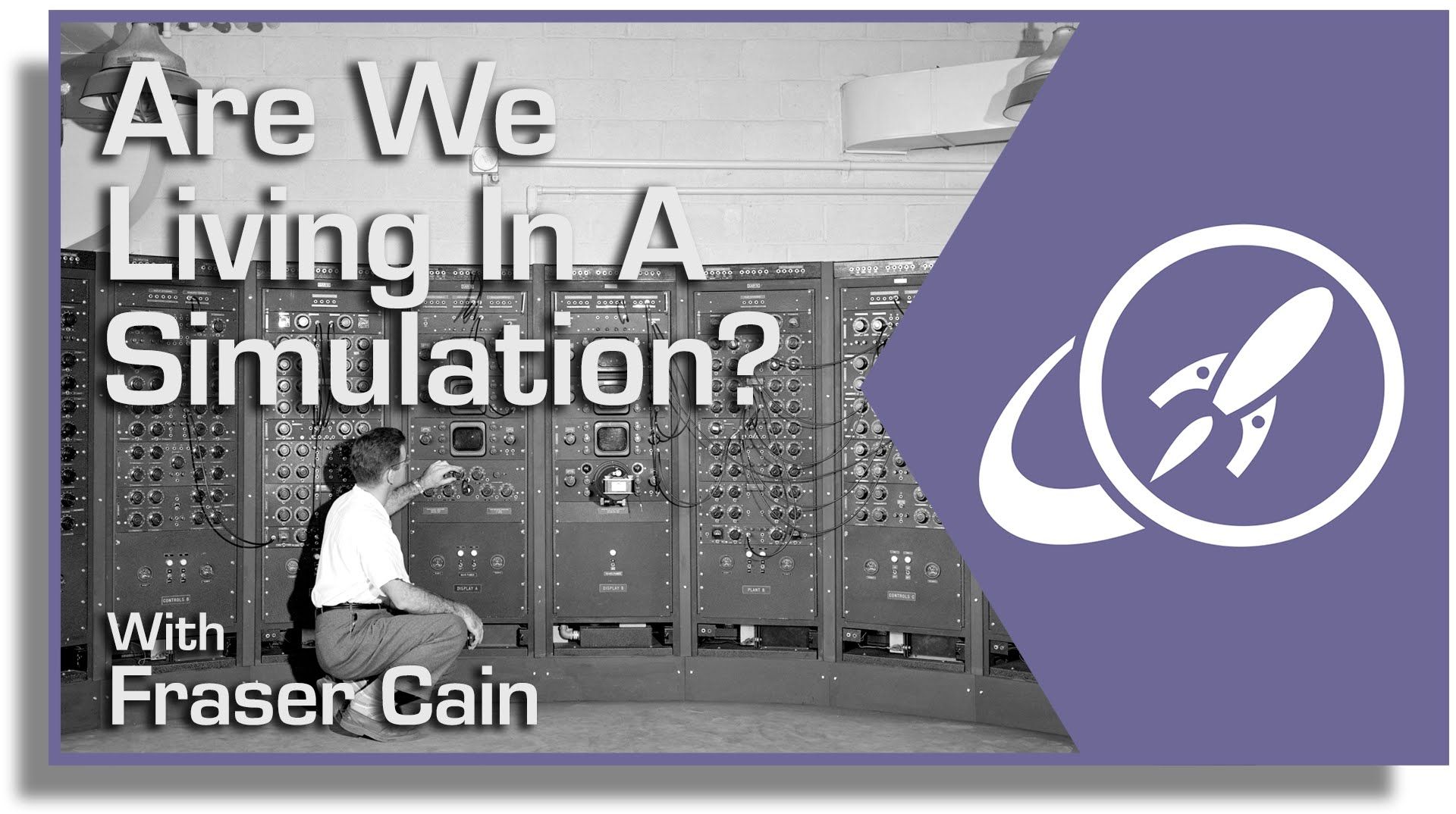
Elon Musk blew our minds when he suggested that it’s highly likely we’re all living in a computer simulation. Seriously? Why would he think this, and how could we tell if it’s true?
Sep 8, 2016
Apple to meet with augmented reality contact lens firm EPGL, discuss possible iOS support
Posted by Klaus Baldauf in category: augmented reality
Apple’s iOS might be first to support an augmented reality contact lens system currently in development at EP Global Communications, as the two companies are scheduled to meet next week to discuss potential platform integrations.
Sep 8, 2016
This Telescope Will Probe Alien Atmospheres
Posted by Klaus Baldauf in category: alien life
The PLANETS telescope will be our first step to seeking out biosignatures in exoplanetary atmospheres.
Sep 8, 2016
LIVE NOW: We’re launching to an asteroid!
Posted by Dan Kummer in category: space travel
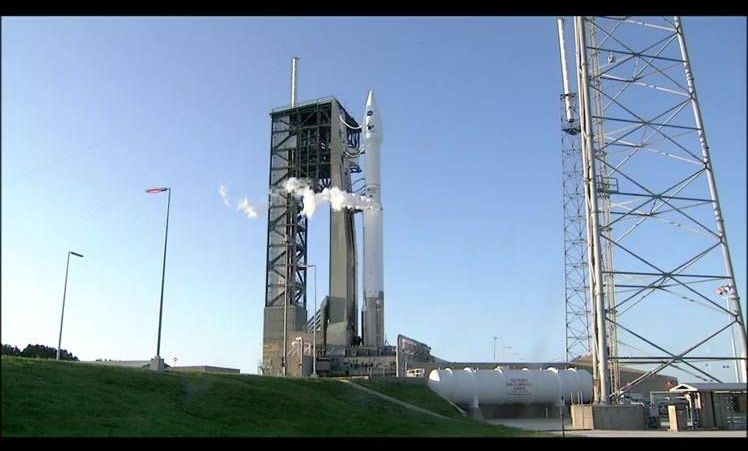
Watch live coverage of our OSIRIS-REx spacecraft lift off at 7:05 p.m. EDT aboard an Atlas V rocket on a mission to explore asteroid Bennu and return a sample to Earth.
Sep 8, 2016
Humans have destroyed a tenth of Earth’s wilderness in 25 years – study
Posted by Blair Erickson in category: futurism
Humans have failed to understand, we can’t make a new wilderness in a factory once the natural world is gone.
At the current rate, our future generations will only be able to experience what the wilderness was in historical documents.
Sep 8, 2016
Room-temperature deposition of interfacial contact layers for organic photovoltaics
Posted by Karen Hurst in category: innovation
Nice breakthrough.
Solution-processing methods are used to synthesize metal-oxide nanoparticle suspensions and thus realize efficient and stable devices.
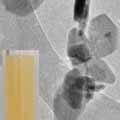
Sep 8, 2016
Sound-proof metamaterial inspired by spider webs
Posted by Karen Hurst in category: materials
Spider silk is well-known for its unusual combination of being both lightweight and extremely strong—in some cases, stronger than steel. Due to these properties, researchers have been developing spider-silk-inspired materials for potential applications such as durable yet lightweight clothing, bullet-proof vests, and parachutes.
But so far, the acoustic properties of spider webs have not yet been explored. Now in a new study, a team of researchers from Italy, France and the UK has designed an acoustic metamaterial (which is a material made of periodically repeating structures) influenced by the intricate spider web architecture of the golden silk orb-weaver, also called the Nephila spider.
“There has been much work in the field of metamaterials in recent years to find the most efficient configurations for wave attenuation and manipulation,” coauthor Federico Bosia, a physicist at the University of Torino in Italy, told Phys.org. “We have found that the spider web architecture, combined with the variable elastic properties of radial and circumferential silk, is capable of attenuating and absorbing vibrations in wide frequency ranges, despite being lightweight.”
Continue reading “Sound-proof metamaterial inspired by spider webs” »
